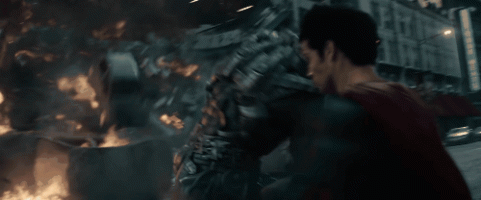math_noob_1
New member
- Joined
- Jun 18, 2021
- Messages
- 11
Hello free math help forum!
I was wondering what methodologies I would need to employ to calculate the velocity (for then subsequent kinetic energy) of several superman punches that result in what appears to be the breaking of sound barrier?
Please find the examples below:

Thanks!
I was wondering what methodologies I would need to employ to calculate the velocity (for then subsequent kinetic energy) of several superman punches that result in what appears to be the breaking of sound barrier?
Please find the examples below:

Watch final_6216549bd7101f00bda3a95a_197408 | Streamable
Watch "final_6216549bd7101f00bda3a95a_197408" on Streamable.
streamable.com
Thanks!


